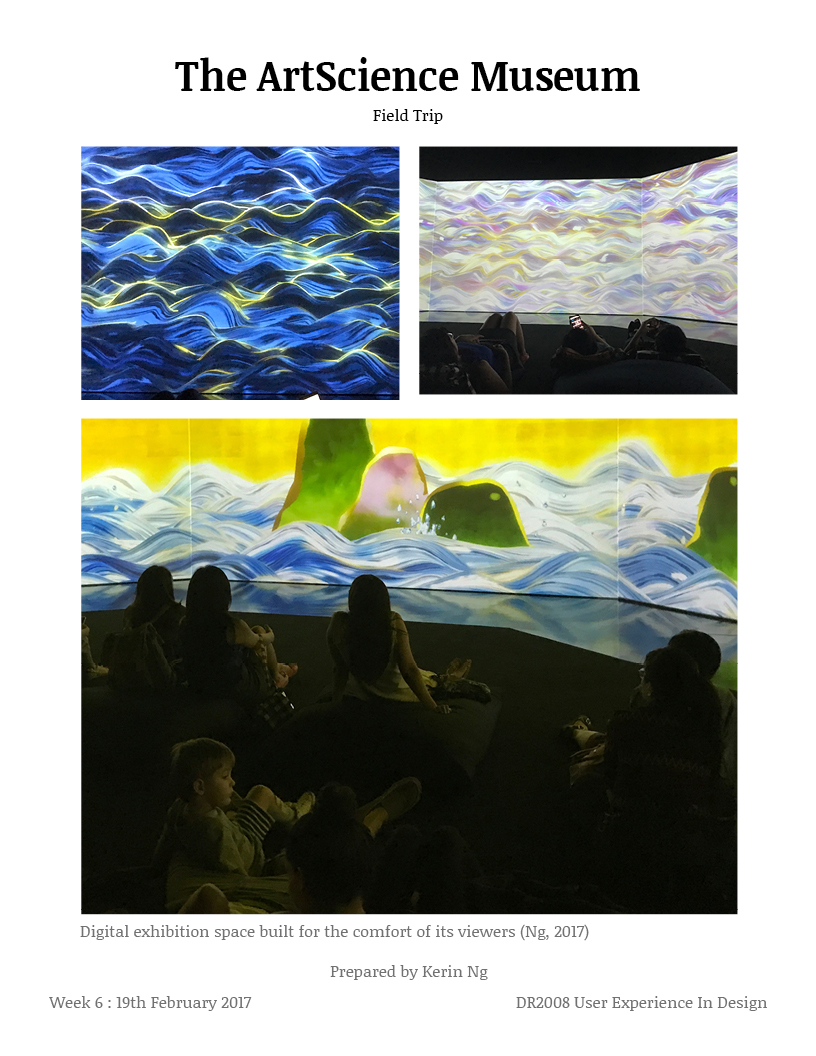Discussion Review, Response, Dairy Of Behaviour
Part 1: Review “Interactive Environments & Experience Designs” in-class discussion
The Facial Weaponisation Suite by Zach Blas was an interesting piece for study. The masks seeks how various gender, race, and sexual orientation are progressively being interpreted and influenced by science and technology.
Blas questions at the idea of a global face culture, whereby biometrics and facial detection technologies drives the ever need to know, capture, calculate, categorize, and standardize human faces. The mask generated using several facial features of queer men is a contradictory tool to bring awareness towards this issue. Where the mask hides and exposes identities at the same time. The label given to those men when the audience sees it, and the inability to identify the unique being removes their identity at the same time.
This brings up an important technology which we have sometimes come to ignore, for facial recognition is no longer an inaccessible and far fetched idea. The increasingly popular use is on platforms such as Facebook, where the platform identifies faces in your uploaded photos and prompt you to tag your friends. Such data seems so harmless but it could possibly be used in many dangerous instances. Identities could be stolen, or such data could be used inappropriately as it is freely up for grabs through the interconnected web.
However, it is something which I personally feel that we have to accept for we cannot possibly isolate ourselves from the world for such minor setbacks in technology.
With our phones becoming increasingly smarter, the newer smartphones even have payment details stored in them. An example would be the ApplePay. I am a supporter for this system as I could simply bring one phone around and do everything with it.
In the past, when I leave the house with everything I need, I often end up carrying a heavy and huge bag. Now, I simply carry my phone with credit cards, contacts, camera, internet all stored in this compact device. It often scares me how my identity could somewhat be stolen if I lost my phone to someone. Would the pickpocket use my credit cards in place of me? I guess it is another situation of give and take. Companies such as Apple have implemented security measures and yet there are tons of hackers out there which try to break these implementations.
Question is, are we prepared to move backwards to our daily routines of carrying around huge amount of physical items or could we look past this flaw in technology?How much could we evade technology advancement and yet keep up with society?
Part 2: Reading Response & 2 Good Products
In this week’s readings, I agree with Löwgren and Stolterman’s that every material has its unique qualities which through better understanding we could apply them better through design. I have previously read up on books which discuss about harvesting the inherent qualities of materials which then produces an effortless design.
In this case of digital technologies, it could be classified as a material without qualities. The constant breakthrough of technologies pulls us away from setting boundaries for this medium and this then becomes an open ended quality which designers could harvest.
Löwgren and Stolterman later questions the reader’s thoughts towards a good design. That this definition cannot be derived simply through a few words or ideas. Not only the thoughtful process has to be put into place, but also the product design never ends.
I do agree that design never ends at any phase. Even upon launching the first iPhone 3G, Apple constantly pushed their boundaries and strike for a better product the next time. Imagine if Apple had the idea of living with the satisfaction of the first iPhone and seeking for a better option, would they be as successful as they are today?
On the other hand, the reading led me to think that if designers are constantly improving on their designs. Would that result in a more picky consumer group?
In conclusion, I have derived form this reading that the thoughtful designs are ones that are so effortlessly placed at the right time and location, for the right use and user. Whereby we often overlook because it is already part of our routine to follow the guide of the designer’s product. With the familiar quote for product designers, I want to bring the point of form follows function but then again sometimes, function follows form”. All in view of a better experience in design.
Question 1: Will a good design ever be a completely good design? Is there an entirely perfect design?
Question 2: Are consumers high demands for better design created by designer’s constant improvements?
Product 1: GrabTaxi
A good design I found was the idea of Grab. This idea harvests on the inability of official cab companies to fulfil the demand of passengers. In Singapore, the industry of hiring cabs were previously dominated by ComfortDelGro and SMRT. There were many complaints of how demand was not met during peak period and that fare prices kept increasing.
The reason why Grab and other similar companies have been so successful in Singapore is because the idea of Grab covers many problems. One of the product which I am certainly most impressed with is GrabHitch. Where Hitch drivers are not official cab drivers. These people offer car pool services often at a fraction of the actual cab hiring prices, just to pay off their own fuel prices while not affecting much of their usual route to work. Both parties needs are fulfilled as first of all, the driver gets paid for going along their usual route by simply letting someone carpool with them, while the rider’s demand for a ride is met. Most importantly, it is even eco friendly to do so!
I feel that the product is extremely well thought through, for it provides incentives on both ends of this supply chain and solves the issue of unavailable cab rides during peak periods. For these drivers mainly pick up jobs before going to work and before heading home in the evening (both of which are busy and peak periods).
Product 2: iMac
I am a huge Apple fan and I love to observe how their company solves design issue subtly while maintaining a sleek design. One of which is the iMac, and I do own one at home. The idea of iMac is simple. A desktop and its monitor all packed into a slim design.
Prior to using an iMac, I have used Windows desktops and it is very space consuming and bulky in design. The iMac clears up my desk space, allowing me much more space freedom while working on the computer. As it is a single unit devices, wiring issues are reduced. Such as tangled wires, broken wires etc.
Again, I feel that it is a minimalist approach and a good design thought through for it solves many problems which consumers did not seem to have realise prior to the product launch.
Part 3: Dairy of Behaviour

































